Pink Peppercorn
Pink peppercorns are not exactly a peppercorn. It is actually dried berries of Baies rose plant. This peppercorn is very popular in French cuisines. It is a very popular spice ingredient which gives a unique pink color to the dish and that makes it most interesting.
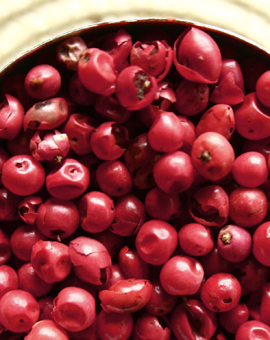
Pink Peppercorn
Table Of Content
Pink Peppercorn tree Scientific Name
Pink peppercorn comes from Baies Rose plant. The scientific name for this plant is Shinus molle.
Pink Peppercorn Other Names
Since Pink Peppercorn comes from the Baies rose plant, it is also known as Rose Baises.
Pink Peppercorn Tree
Baies Rose is a small sized tree which has many compound leaves with symmetrical and thin leaflets on each side of the leaf. The peppercorn berries grow in clusters on the tip of branches. At a very young age, the berries are white in color. After that it turns into pink, light pink or dark red.
Pink peppercorn tree Distribution
Pink peppercorn (shinus molle) tree is largely grown in Madagascar. They are also grown in Australia, Mexico, Peru and other South American countries.
Pink Peppercorn Description
The round berries are 2 – 3 cm in diameter. Pink peppercorns have a fragile and thin skin that can easily be taken off.
Pink Peppercorn Flavor
This peppercorn has a fragrant, sweet, spicy and delicate flavor. The subtle flavor is reminiscent of sweet berries and citrus zest. The delicate peppery flavor comes out when grounded.
Pink Peppercorn Color
Pink Peppercorns has the color of a rose which produces an elegant look to any dish.
Pink Peppercorn Growing
Pink peppercorn plant can be grown in a container as well as in the ground. Black soil is the best for cultivating this plant.
Pink Peppercorn Harvesting
A single tree can produce around 150 – 200 kilo fruit a year. The berries are generally harvested in summer.
How to Prepare Pink Peppercorn?
To get the peppery flavor, crush the peppercorns in a mortar or pestle. It can be combined with black, green and white peppercorns and used as a seasoning or garnish. Pepper must be added towards the end of cooking. Otherwise, overcooked pepper can ruin the taste of the cuisine.
Pink Peppercorn Uses
Pink Peppercorn has an influence in local Peruvian cuisines. This peppercorn gives a different kind of taste which is closer to chilies rather than black pepper. It is added in delicate fish and meat dishes. It is used in sauces and marinades. They are also used in desserts, ice creams and fruit sauces. It is not only good to eat, but they are also used as a garnish in numerous cuisines. It can also be eaten uncooked.
Pink Peppercorn Recipes
Some popular recipes and sauces are:
- Pink Peppercorn Sauce
- Pink Peppercorn Chicken
- Pink Peppercorn Vinaigrette
- Pink Peppercorn Spice Mix
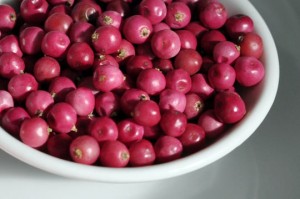 Picture 2 – Pink Peppercorn Image
Picture 2 – Pink Peppercorn Image
Pink Peppercorn Substitutes
There is no proper substitute for this berry. Sometime dried green pepper is used as a substitute. Pink Peppercorn is often used as a black pepper substitute.
Pink Peppercorn Health Benefits
It can fight against flu, cold, infections and also gives relief from muscle stiffness and aches.
Where to buy Pink Peppercorn?
This peppercorn is very expensive. It can be brought from spice store. To ensure freshness, it must be bought in small quantity.
How to Store Pink Peppercorn?
Freeze-dried peppercorns can be kept in a dark and cool place for 6 – 7 months. After that, it tends to lose its flavor.
Pink Peppercorn Side Effects
Pink Peppercorns can appear toxic if added in a large quantity.
Pink Peppercorn Interesting Facts
Here are some interesting facts about this spice-
- ‘Wari tribe’ in the Amazon forest drinks Pink Peppercorn beer as a mark of their tribe.
- It is known to have numerous medical properties.
- It is a common ingredient in some Chilean wines.
- If pepper is cooked for more than two hours, it loses the aroma and flavor completely.
Pink Peppercorn Toxicity Controversy
Some people confuse this peppercorn with pink berries which comes from an ornamental plant found in California and Florida. It may cause allergy once eaten.
In 1982, FDA (American Food and Drug Administration) prohibited the trade of this peppercorn in the United States because of possible allergic effect after consumption. But the ban has been lifted later on.
Pink Peppercorn Pictures
Here are some fabulous images of Pink Peppercorn as given below:
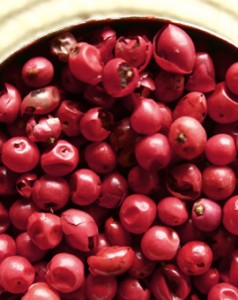 Picture 3 – Pink Peppercorn Picture
Picture 3 – Pink Peppercorn Picture
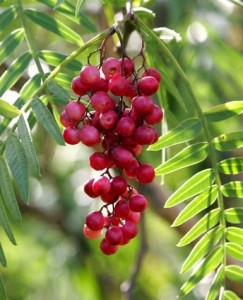 Picture 4 – Pink Peppercorn Photo
Picture 4 – Pink Peppercorn Photo
References:
http://en.wikipedia.org/wiki/Pink_peppercorn
https://www.finedininglovers.com/article/pink-peppercorns
http://www.seriouseats.com/2010/06/spice-hunting-pink-peppercorns.html
- by Tuhin Das
- December 19th 2011

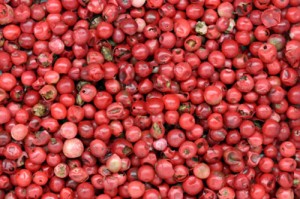
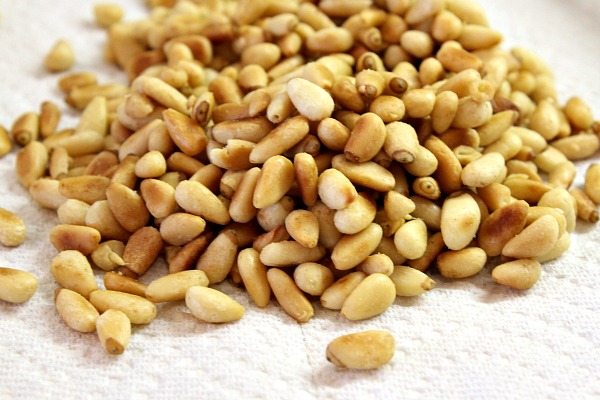

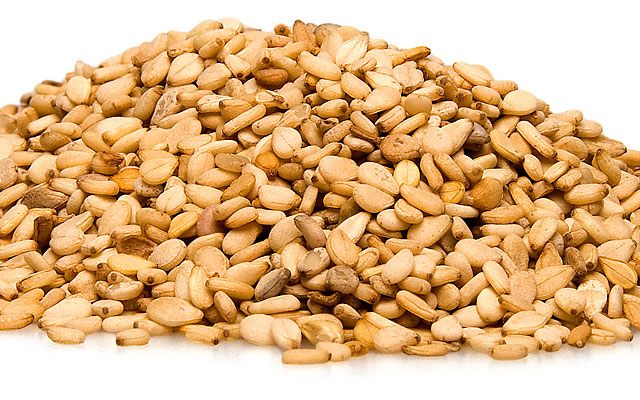
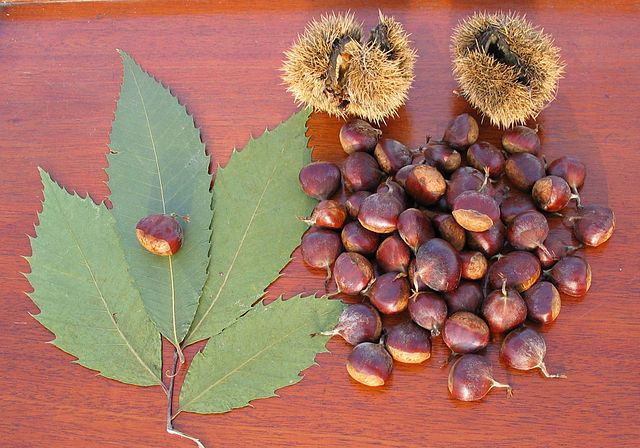















Leave a Reply